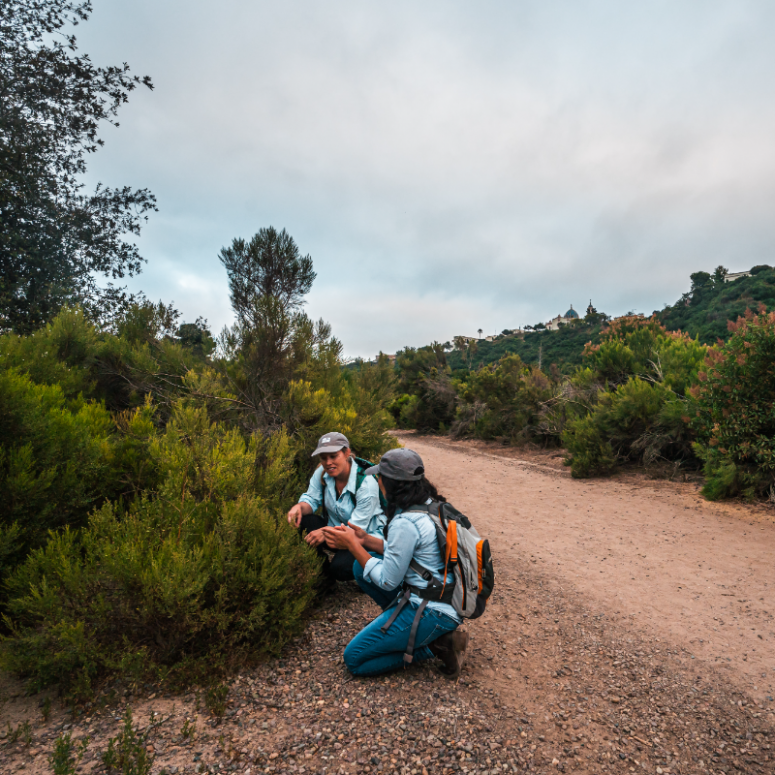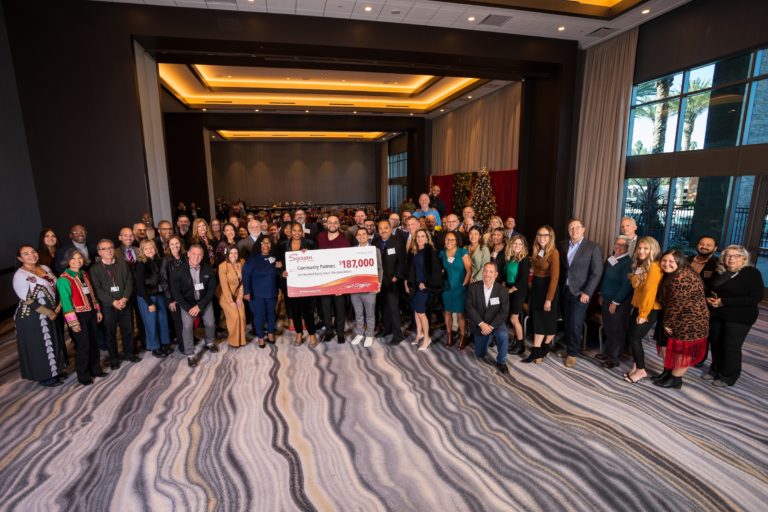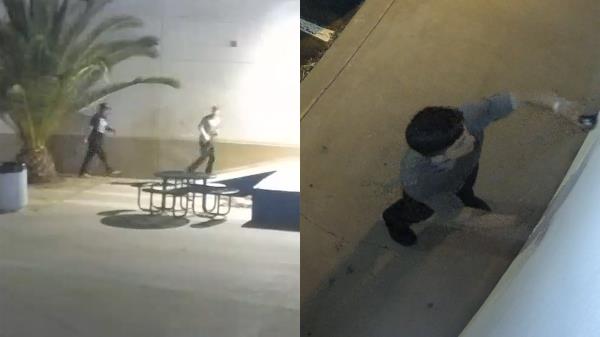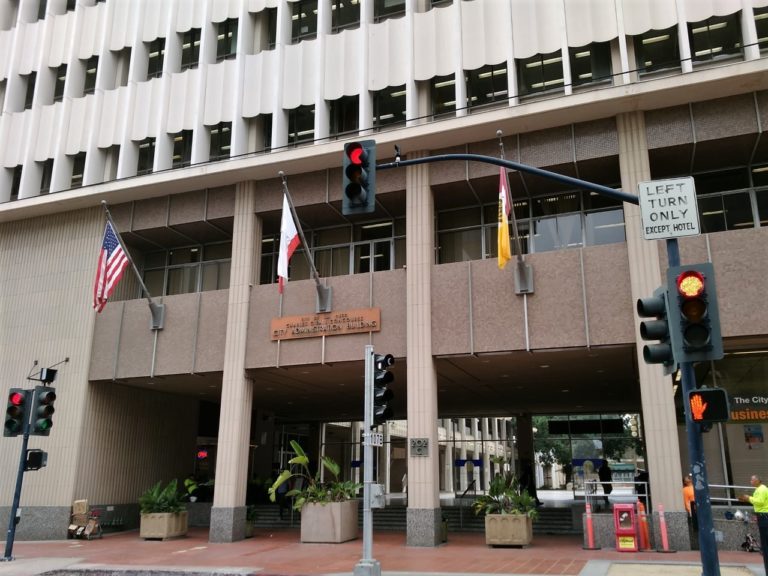Major grant supports creation of Urban Nature Alliance for CA
By SDCN Editor
San Diego, CA–The San Diego Natural History Museum (The Nat) has received a grant of nearly $800,000 from The Gordon and Betty Moore Foundation to launch a statewide urban nature alliance and continue San Diego-based community science in urban canyons.
The funds will support a three-year effort to coordinate and enhance biodiversity and environmental equity research in San Diego, Los Angeles, and the San Francisco Bay Area.
The California Urban Nature Alliance includes four institutions: the San Diego Natural History Museum, Natural History Museums of Los Angeles County, California Academy of Sciences in San Francisco, and the Schell Lab at the University of California, Berkeley. The gift will fund The Nat’s coordination of the Alliance—including a post-doctoral position based at UC Berkeley—and its research in San Diego.
“At The Nat, we are ready to provide leadership for the Alliance,” explained Judy Gradwohl, the Christy Walton President and CEO.“ Together, the four participating institutions will have a meaningful impact on California’s major urban centers by increasing the understanding of urban ecology and working with community scientists and policymakers to study and enhance nature in our cities.”
Region-Specific Projects
The focus here in San Diego will be assessing local canyons, the city and county’s dominant urban green space. In the city of San Diego itself, 80% of residents live within a 10-minute walk from one of our treasured parks or open spaces. There are hundreds of canyons across the county. Despite their predominance in the landscape and proximity to San Diego residents, there is still much unknown about these canyons, including the extent of natural habitat, how they contribute to conserving regional wildlife, the ecological services they provide to people, and how to mitigate threats to their survival.
“The Moore Foundation’s philanthropic support is a major boost to our work to preserve our treasured natural resources,” explained Gradwohl. “We have a real opportunity to make an impact and address concerns threatening our iconic local canyons.”
“Currently, there is no comprehensive map of urban canyons for San Diego County, which hinders opportunities for researchers looking to study them and local people who want to use them,” explained Dr. Michelle Thompson, The Nat’s Exequiel Ezcurra Director of Conservation Biology, who will lead this initiative, adapting techniques she honed in the Amazon to study California’s urban areas. “The strategy we plan to use could be replicated in other cities.”
In San Francisco, the California Academy of Sciences is bringing together a diverse and growing group of almost 40 nonprofit, city, state, and educational organizations in collective action to improve the ecological health of the city and equitably distribute access to nature with the unprecedented new Reimagining San Francisco alliance. The Academy will further activate and engage communities through the continuation of the annual City Nature Challenge, one of the world’s largest community science events. Started in 2016 by the California Academy of Sciences and the Natural History Museum of Los Angeles County, and with longtime participation from The Nat, last year alone the challenge engaged over 66,000 people across six continents to make more than 1.8 million wildlife observations using the free mobile app iNaturalist, providing critical data for scientists and policymakers to further study, understand, and protect the natural world.
In Los Angeles, the Natural History Museums of Los Angeles County has a long tradition of working in partnership with the community to study urban green spaces through the Community Science Program. In 2012 they initiated BioScan, the world’s largest urban biodiversity study, and in 2015, in partnership with the California Academy of Sciences, they launched the City Nature Challenge. The museum played an instrumental role in studying and honoring the mountain lion P-22 and continues to partner with community members and groups to study, explore, and celebrate nature in L.A. Their deep history and continued work will lend critical expertise to the Alliance and ensure California’s largest city is well represented.







